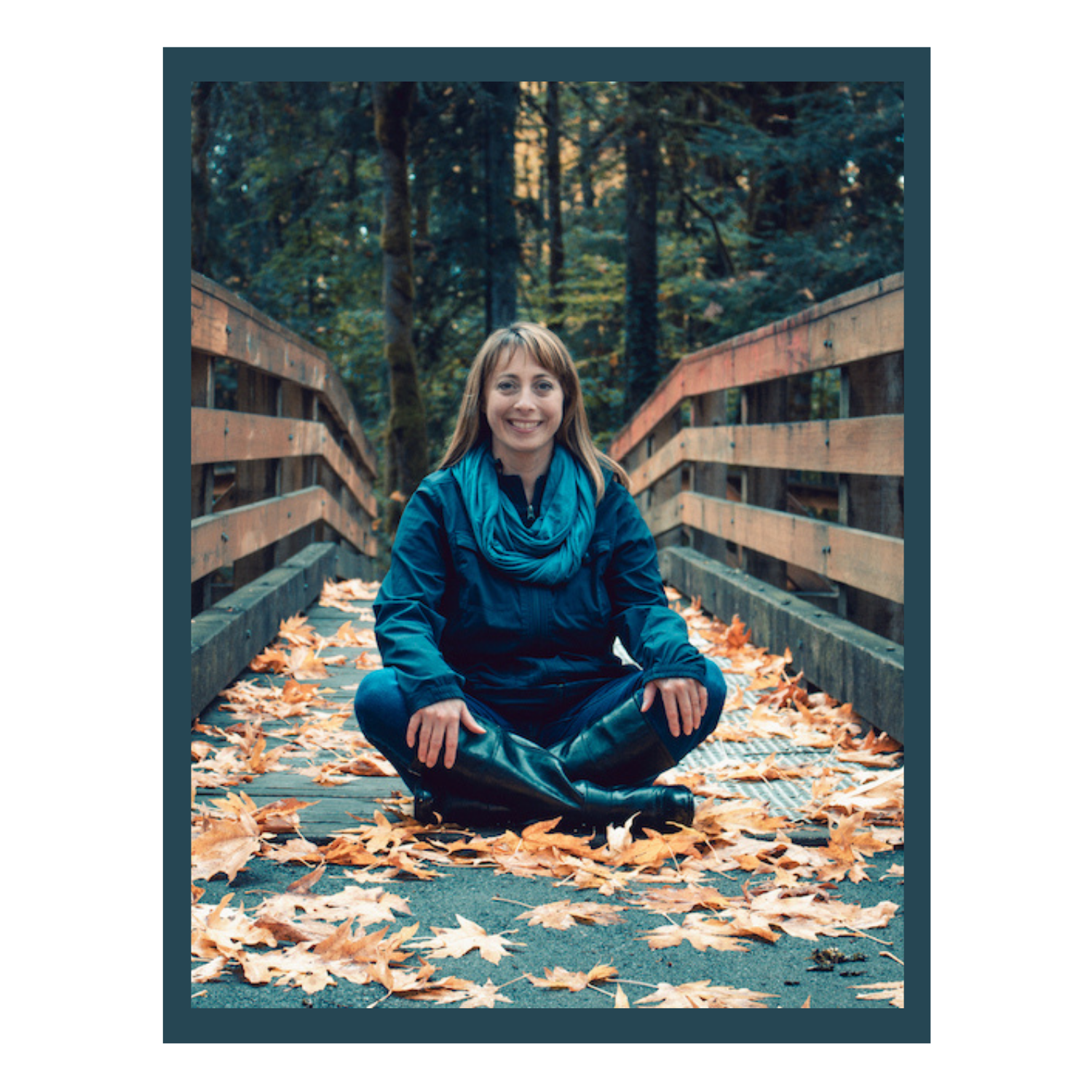Travel at Home: A Solo Walk on the Vancouver Island Trail
Originally published on Journey Woman. (June 27, 2022)
Three gifts of walking solo
What started out as a bold but safe travel vision board created in a JourneyWoman workshop turned out to be much more than a simple invitation to dream. A participant introduced the phrase JFDI – just fucking do it! We all giggled, we all included it on our boards and I, for one, began to internalize it. I devoured stories of women travelling alone and the idea of solo travel became tantalizingly provocative. I knew I wanted to go beyond my comfort zone but how far? After much internal debate I decided to craft a close to home, DIY version of a solo ‘inn-to-inn’ type of long-distance walk.
One: Planning my journey
Ready for West Coast hiking weather
One of my happy places is a local trail that follows a decommissioned railbed and is where I have walked my dog, explored with my children, and now frequent for time outdoors. The path is a small section of the Vancouver Island Trail that pieces together urban and wilderness trails and logging roads for 800 km from Victoria on the southern tip of Vancouver Island to Cape Scott on the island’s north coast. In one go, the journey takes approximately a month and has been successfully completed by a small handful of hearty adventurers.
Unlike Europe, where inn-to-inn walking is common, much of the VI-Trail requires backcountry camping. My challenge was to focus on an unfamiliar segment of the trail that did not require camping. Tapping into my love for travel planning, I plotted the trail with achievable distances and easy access to accommodation, creating a four-day, 82 km solo walk. The route captured my spirit of challenge and adventure and offered a solid introduction to solo travel. A week later, I look back at three unexpected gifts from the journey: the meditative rhythm of walking, the subtle beauty of nature, and the renewed sense of home.
Two: Finding a meditative rhythm in walking
I chose not to listen to music or audiobooks as I wanted to ‘stay in the moment’ and was pleasantly surprised that I was not mentally distracted as I walked. I didn’t think about the future or things I had to do when I got home or even where I was going next.
I also didn’t obsess about how my body was feeling physically. In the long stretches of time, the amazing surroundings and the rhythmic nature of walking kept me present, engaged, and relaxed. There was a constant metronome-like cadence of my hiking boots and trekking pole connecting over and over and over on the gravel trails. The predictability was reassuring and stilled my mind.
Three: Interacting with nature
I held the intention of consciously looking for the wonder in my surroundings, noting the meditative sounds of a gurgling stream, the majesty of moss-covered trees towering overhead, the mystery of the dark, dense forest, and the joyful companionship of a woodpecker, mallard, or flirty chickadee. Being March, I looked for early signs of spring and delighted in photography stops which had less to do with having a photo and more to do with interacting with my surroundings. When I take a photo with intention, I slow down, notice colours and details, and appreciate how the world offers beauty in so many different ways.
I was fully aware that I was going to be spending time alone in bear and cougar country and was equipped with bear bell, bear spray, safety whistle, and some knowledge. My only wildlife encounters were birds. Wildlife safety tends to be the thing people are most concerned about but with some know-how and healthy respect, being alone in the forest is not inherently dangerous.
Receiving gifts from the trail
I have read that pilgrims on long distance journeys often experience an inner transformation. I had no such expectations or epiphanies, and simply awoke each morning with the intention of finding beauty around me and being grateful for my body as it carried me along. On the final day of my walk, however, I had “a moment” when I realized I had only 5 km left. Aware of the journey’s impending conclusion, I ran an imaginary video in my mind of all the little moments and memories looking for any common themes.
The video reel kept returning to the experiences that connected me with the land in a deeper way. As a child I moved every 2-3 years of my life. Three countries, eight cities, thirteen houses, lots of schools. I’m glad I lived a transient childhood as it has made me adaptable and resilient and instilled a love of travel, yet there resides an envy of people and cultures who are firmly rooted in one place. Thus, the walk offered me a gift of clarity. The smell of rich soil, the carpet of ferns, the size of the trees, the creeks relentlessly finding a way to the ocean, and the way the clouds clung to the hills all felt like home. Sections of this trail pass through the traditional and unceded territory of the Coast Salish peoples and I acknowledge and am grateful for the care and devotion to the land by Indigenous communities for thousands of years.
If You Go
Check the official VI-Trail website for maps and trail updates.
If starting your journey in Greater Victoria, arrive by air to Victoria or by ferry from Vancouver or Washington State.
If you are like me and don’t like backtracking but want to end your walk closer to a city with an airport or ferry terminal, consider exiting the VI-Trail at Lake Cowichan and continuing on the Trans Canada Trail northeast to Nanaimo. Likewise, this walk can be done in reverse ending in Victoria.
Walk year round but expect mud and rain from November to March.
Discover other walking options across Canada on the Trans Canada Trail.
Disclosure: Please note that some links (not all) in this article are affiliate links. At no additional cost to you, I may earn a commission if you make a purchase. I recommend only products I use and love ❤️.



